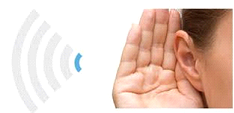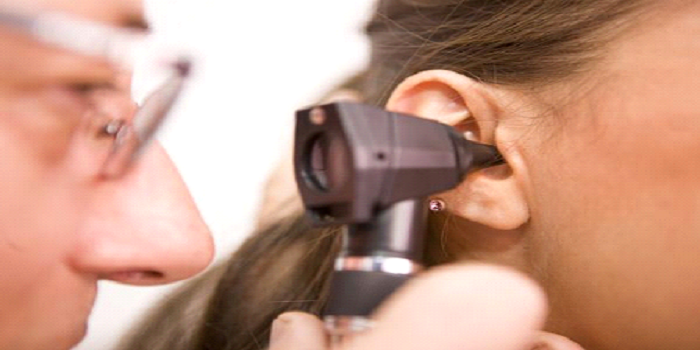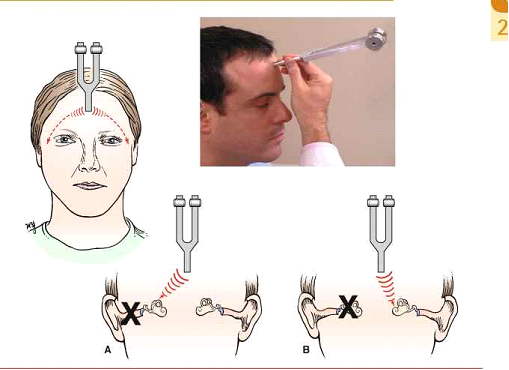Everything in writing begins with language, language begins with listening.It’s true but thinks about those people who can’t listen properly or deaf.So, here I will explain hearing loss and cure, therapy or treatment for hearing loss.
Know about hearing loss
So, hearing loss is when we can’t hear one ear as well as both. The range of this is is mild to complete.
1.In mild range person can’t hear a soft speech.
2.In Serve range, can’t hear a high pitch sound.
3.And you can’t hear high and soft sound both means we can say that type of loss is deafness

.
It is categorized into three parts
1.Sensorineural hearing loss
2.Conductive hearing loss
3.Mixed hearing loss
For hearing loss, there is to many therapy and treatment.So, I will explain you some of them.So, first of all, you should know about hearing test and how it works?
What is Hearing Test?
Most hearing loss can be helped by medication, surgery or amplification.An ear hearing test or hearing evaluation is key to maintaining effective communication, ear, and balance health and overall well-being. Our communication with family, friend, and educators and coworker is an essential part of our day. Our success and happiness in all situation depend on great communication. Early identification of hearing loss or hearing disorder minimizes the adverse effect.

Types of the hearing test
Basic diagnostics audiometry is used to measure hearing for frequent-specific tones and speech. Based on the age of the patient or their ability to respond various technique are utilized throughout the process. The additional measure allows us to determine the overall function and mobility of the middle ear.
1.Audiometry Brainstem Response(ABR)
ABR testing is useful in demonstrating to softest mid to high pitched sound the hearing system response system. The test takes approximately one hour. Four electrodes are attached to scalp and headphones placed in the ear. Clicking sounds are presented at various loudness and a response is measured on the computer. The response allowed to the audiologist
To determine how efficiently sound is moving Through the hearing system.
2.Otoacoustic Emission (OAE test)
OAE testing evolution is an evaluation of cochlear function(the sensory organ of hearing). OAE is fairly new but very reliable test. A normal cochlea will emit an echo when sound is presented. An earphone is placed in the ear canal and a clicking sound is present in the ear. A computer monitors the ear for the response, which enables the audiologist to determine if the cochlea is functionating normally. An OAE evaluation takes approximately 30 min.
3.Cochlear implant evolution and rehabilitation
Cochlear implants are electronic devices and surgically implanted in individuals who are deaf and can no longer benefit from conventional hearing aids technology. Thorough examinations by both audiologist and physicians can help to determine if a person is a qualified candidate for this type of procedure.
4. Electronystagmography(ENG)/ Videonystagmography(VNG)
ENG evaluates the causes of dizziness, vertigo or balance dysfunction. ENG is designed to test the function of the several of the system involved in keeping us steady and balanced.
Use of electrode or video goggles to measure and record eye movements to allows for objective assessment of the oculomotor and vestibular system.
What are Rinne and Weber Test?
1.Rinne Test
In Rinne test, air, and bone conduction tests are compared. In normal hearing, the tone sounds louder by air conduction than by bone conduction.
In this, bone conduction stimulus is perceived as louder. In the Sensorineural loss, both air and bone conduction sounds are diminished, but the air conduction sound is perceived as louder. The Rinne test is most sensitive to detecting mild conductive hearing losses if a 256 Hz tuning fork is used.
2.Weber Test
In this may be performed using 256 or 512 Hz tuning a fork. During this test, the stem of a vibrating tuning fork is placed on the head in the midline if the tone perceived in the affected ear, this indicates a unilateral hearing loss.

In the Sensorineural hearing loss, the tone is heard in the unaffected ear instead.So, there are too many tests for hearing loss but these all depend on the type of hearing loss.